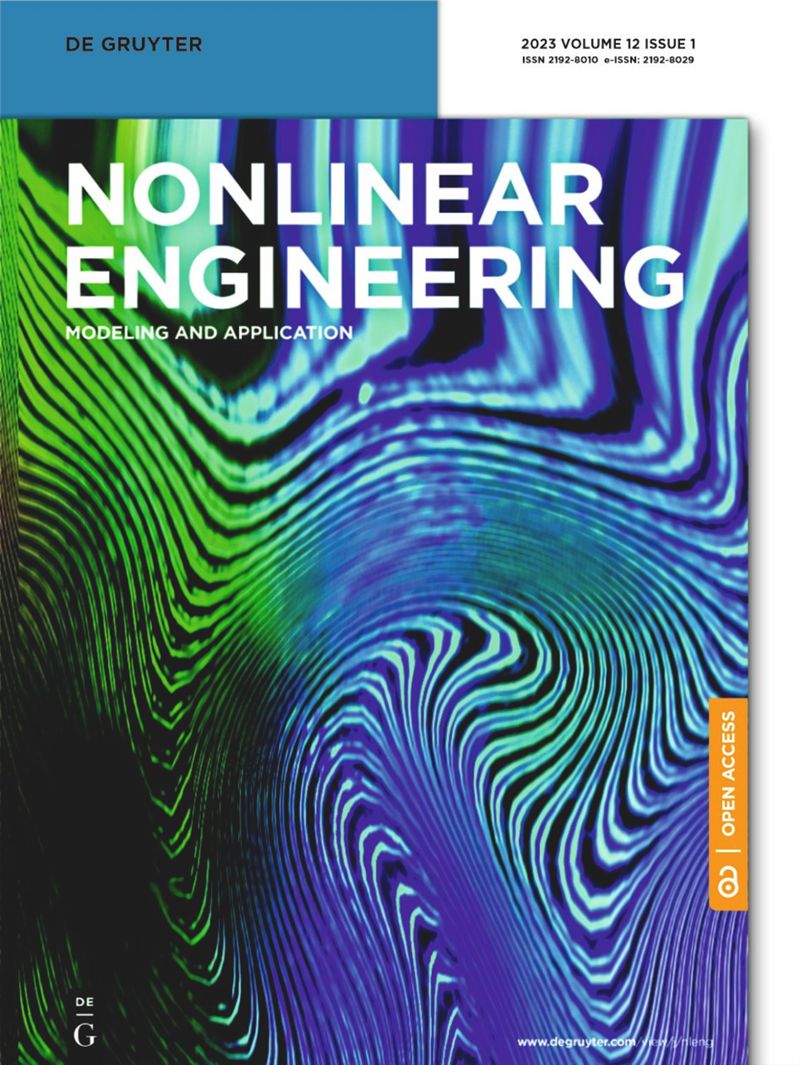基于物联网和GIS的工程故障智能监控系统
IF 1.5
Q2 ENGINEERING, MECHANICAL
引用次数: 0
摘要
摘要电网(为方便起见简称PG)结构日趋复杂。针对传统PG监测方法难以准确检测PG故障的问题,利用物联网(IoT)和地理信息系统(GIS)构建PG智能故障监测系统,提高故障监测的有效性。传感器设备用于采集电路中的电流信息,通过感应电流的变化来判断故障发生的原因,并通过通信技术将故障信息传输到监控中心。工作人员可以在可视化界面中直接定位故障的地理位置。选取咸阳供电公司100条架空线路进行分析,比较了传统PG监测方法和智能PG故障监测系统的性能。传统PG监测方法和本文提出的系统的平均故障检测准确率分别为72.0和94.8%。传统PG监测方法和本系统的平均故障定位精度分别为80.8%和96.5%。基于物联网和GIS的PG故障智能监控系统在PG故障检测和故障定位方面具有较高的准确性,可以提高故障监控的有效性。本文章由计算机程序翻译,如有差异,请以英文原文为准。
Engineering fault intelligent monitoring system based on Internet of Things and GIS
Abstract The power grid (referred to as PG for convenience) structure is becoming increasingly complex. Aiming at the problem that it is difficult for traditional PG monitoring methods to accurately detect PG faults, an intelligent PG fault monitoring system is constructed using Internet of Things (IoT) and geographic information system (GIS) to improve the effectiveness of fault monitoring. The sensor equipment is used to collect the current information in the circuit, and the change of induced current is used to judge the cause of the fault, and the fault information is transmitted to the monitoring center through communication technology. The staff can directly locate the geographical location of the fault in the visual interface. One hundred overhead lines of Xianyang Power Supply Company are selected for analysis, and the performance of the traditional PG monitoring method and intelligent PG fault monitoring system is compared. The average fault detection accuracy of the traditional PG monitoring method and the system proposed in this article is 72.0 and 94.8%, respectively. The average fault location accuracy of the traditional PG monitoring method and this system is 80.8 and 96.5%, respectively. The intelligent monitoring system of PG fault based on IoT and GIS has high accuracy in PG fault detection and fault location, which can improve the effectiveness of fault monitoring.
求助全文
通过发布文献求助,成功后即可免费获取论文全文。
去求助
来源期刊
CiteScore
6.20
自引率
3.60%
发文量
49
审稿时长
44 weeks
期刊介绍:
The Journal of Nonlinear Engineering aims to be a platform for sharing original research results in theoretical, experimental, practical, and applied nonlinear phenomena within engineering. It serves as a forum to exchange ideas and applications of nonlinear problems across various engineering disciplines. Articles are considered for publication if they explore nonlinearities in engineering systems, offering realistic mathematical modeling, utilizing nonlinearity for new designs, stabilizing systems, understanding system behavior through nonlinearity, optimizing systems based on nonlinear interactions, and developing algorithms to harness and leverage nonlinear elements.

 求助内容:
求助内容: 应助结果提醒方式:
应助结果提醒方式:


